Mashhad Rugs
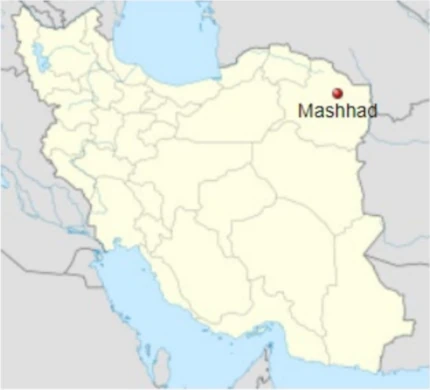
Mashhad (also Romanized Mashad, Meshed
or Meshad), capital of Khorasan providence,
is the biggest city in eastern Iran, considered
the second-most-populous city in Iran after
Tehran, with a population of over 3 million.
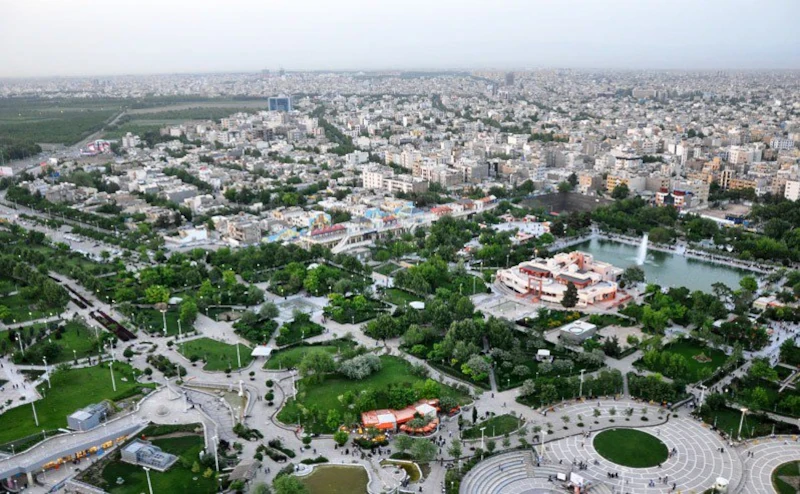
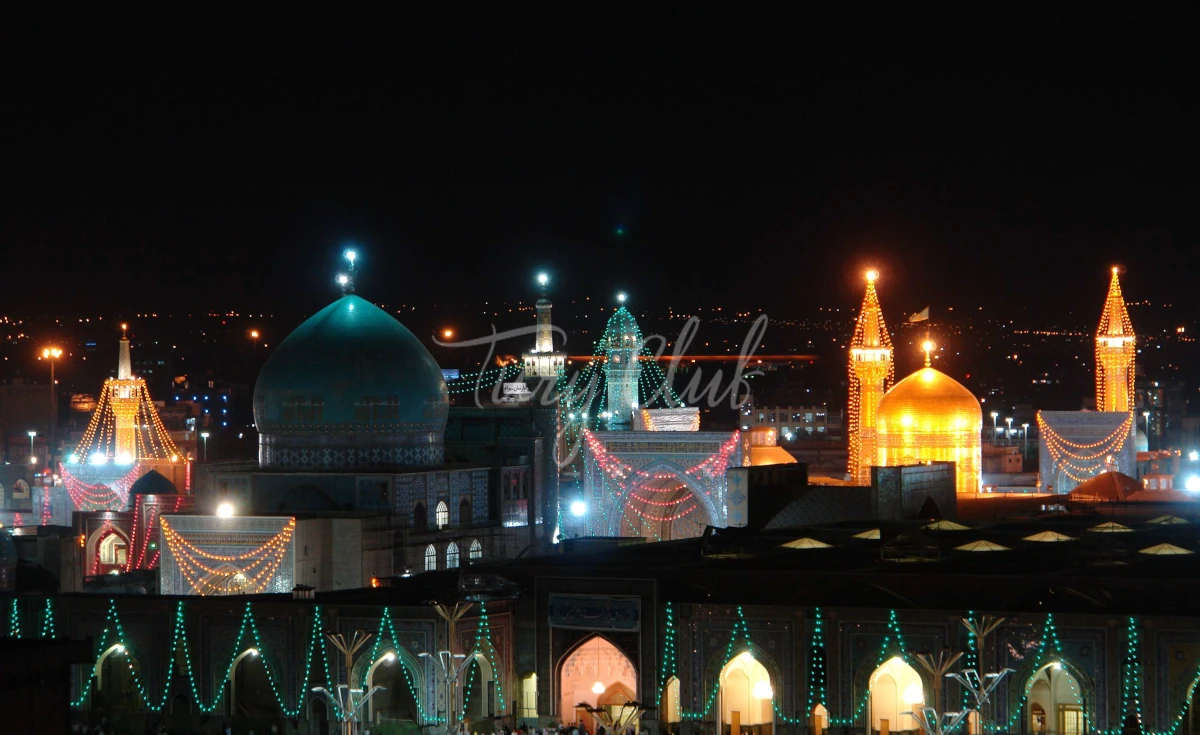
Locating at northeastern borders of the
country, Mashhad has inherited historical
cities of the area such as Tus, Neyshapur,
Marv and Herat which used to be major cities
of Khorasan the Greater. Khorasan (lit. “Coming Sun” in Middle-
Persian) means “the East” in New-Persian
and the land of Khorasan is originally defined
as the eastern Iranian lands. Today it comprised the present territories of
Afghanistan, Turkmenistan, Tajikistan and
parts of Uzbekistan, as well as Iran’s
northeastern provinces.
Mashhad means the place of martyrdom. It
has been named after the shrine of Imam
Reza, the eighth of Shia Imams who have
been buried next to the Abbasid caliph Harun
al-Rashid; the most renowned Abbasid
Caliph and a matter of fancy in 1001 Nights.
He, actually, died far from luxurious palaces
of Baghdad and lavish Arabian nights,
because of an illness while leading an eastern
expedition. Today the Caliph’s reputation’s
completely overshadowed by the Imam’s
sanctuary. Carpet production began in Mashhad in the
late nineteenth century. Today it has a very
large number of manufacturers, some with
only a couple of looms, others with
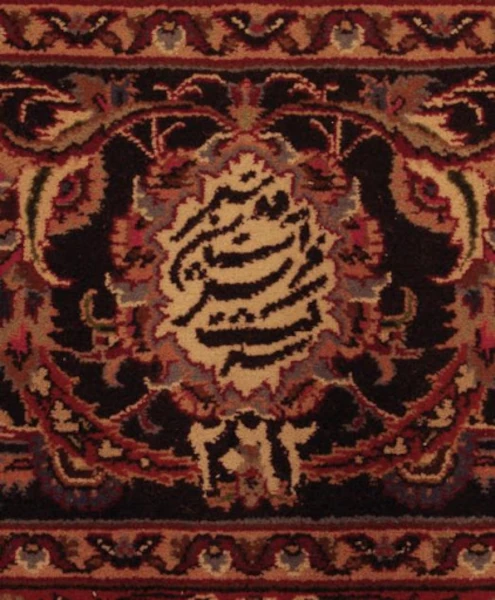
The logotype of Amo Oghli carpet weaving
organization
substantial output such as Astan Quds
Razavi. It is the administrative organization
which manages the Imam Reza shrine and
various institutions which belong to the
organization including carpet workshops, the
products of which carpet the shrine court
three times a day.
In the beginning of the 20th a Tabrizi designer
and producer, called Amo Oghli, established
rug workshops in Mashhad. These
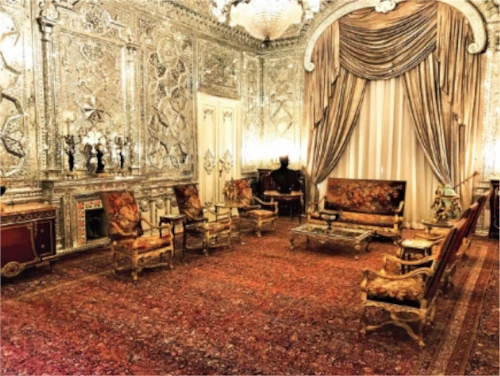
Amo Oghli carpet in the Green Palace of the
Sa'edabad Complex
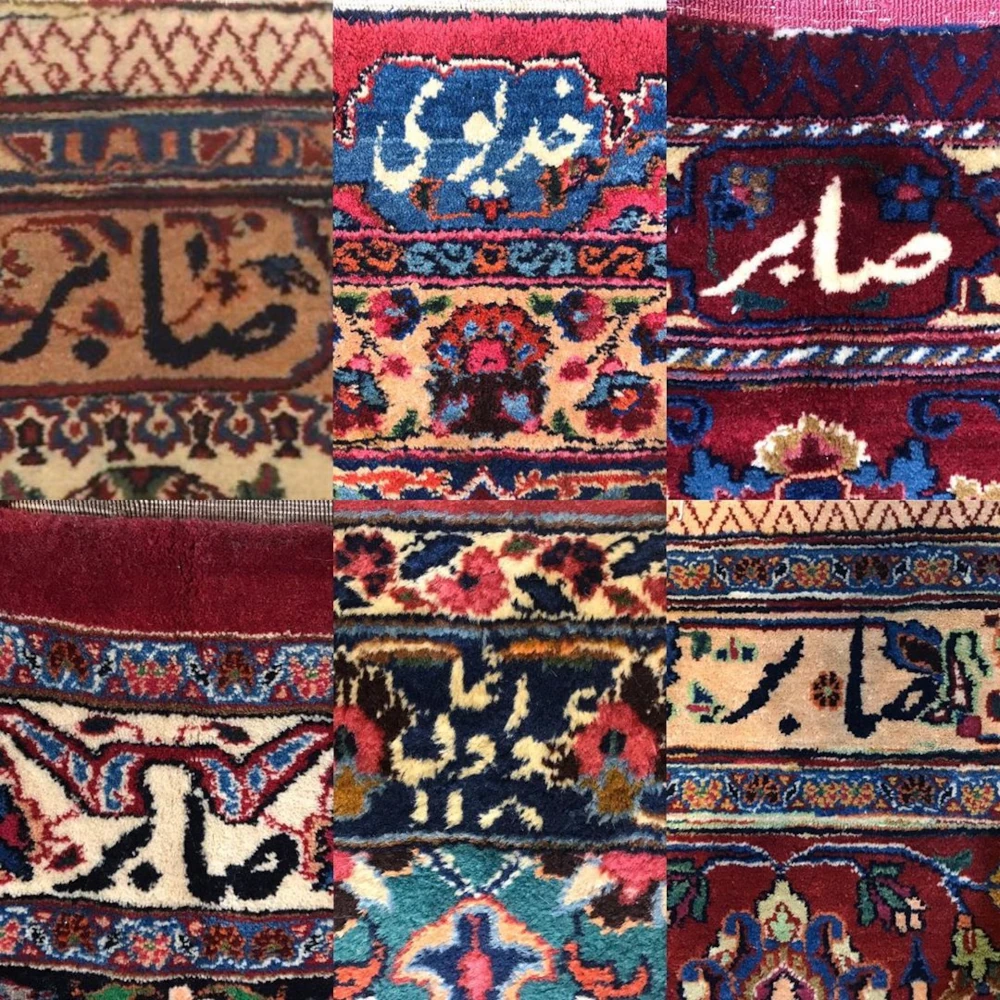
Logotypes of the most important carpet producers in
Mashhad: Amo Oghli, Saber, Khadivi, Sheshgelani,
Bazmi...
workshops continued their fine production
during next decades under his family,
bringing Mashhad rug to its climax.
Examples of Amo Oghli masterpieces are
kept today in Iranian palaces and museums,
considered best of modern Persian products.
Technical aspects and the structure of Mashhad Carpets

Amo Oghli carpet
Although fine stitched carpets from Mashhad
are rare, but an amazing group of fine modern
Persian pieces are attributed to this city.
These woolen pieces made by the talented
weaver, designer and producer Amo Oghli
and his sons, with an intricacy reminds one of
silken tapestries rather than woolen piled
carpets.
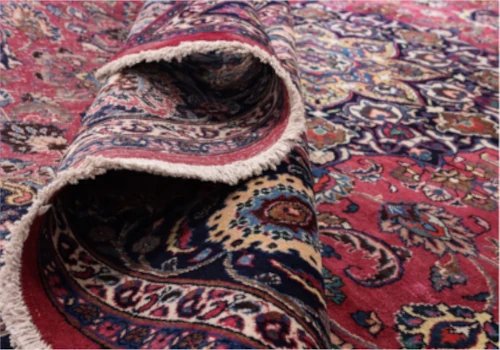
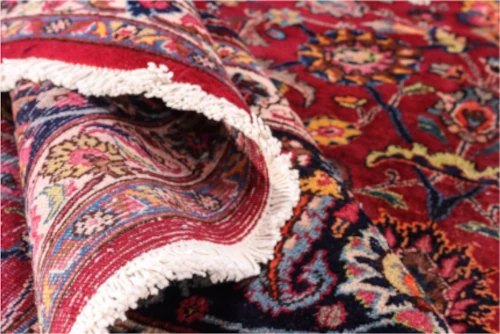
Ordinary Mashhad’s output has about
160,000 to 200,000 knots/m2. Both
symmetric and asymmetric knotting applied
in Mashhad. Amo Oghli was a leading figure
in Mashhad manufacturing and being from
Tabriz, he brought Tabriz structure to
Khorasan.
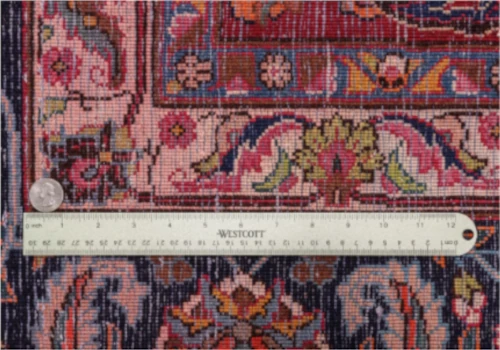

Pile is normally woolen in Mashhad on a
cotton foundation. Most contemporary
Mashhads are double-wefted.
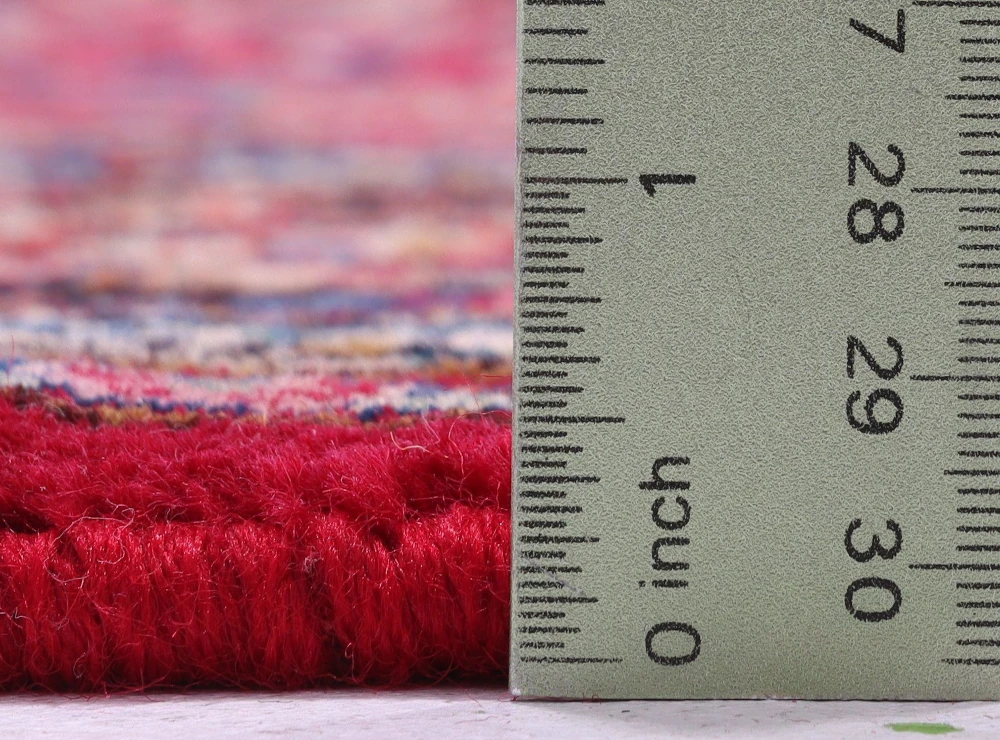
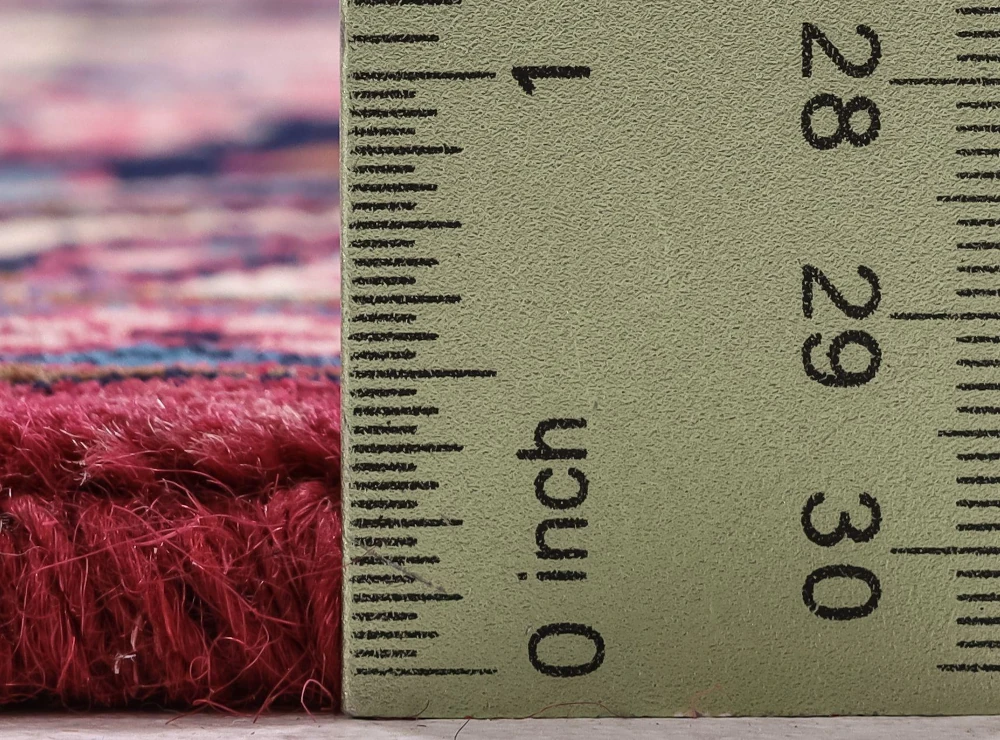
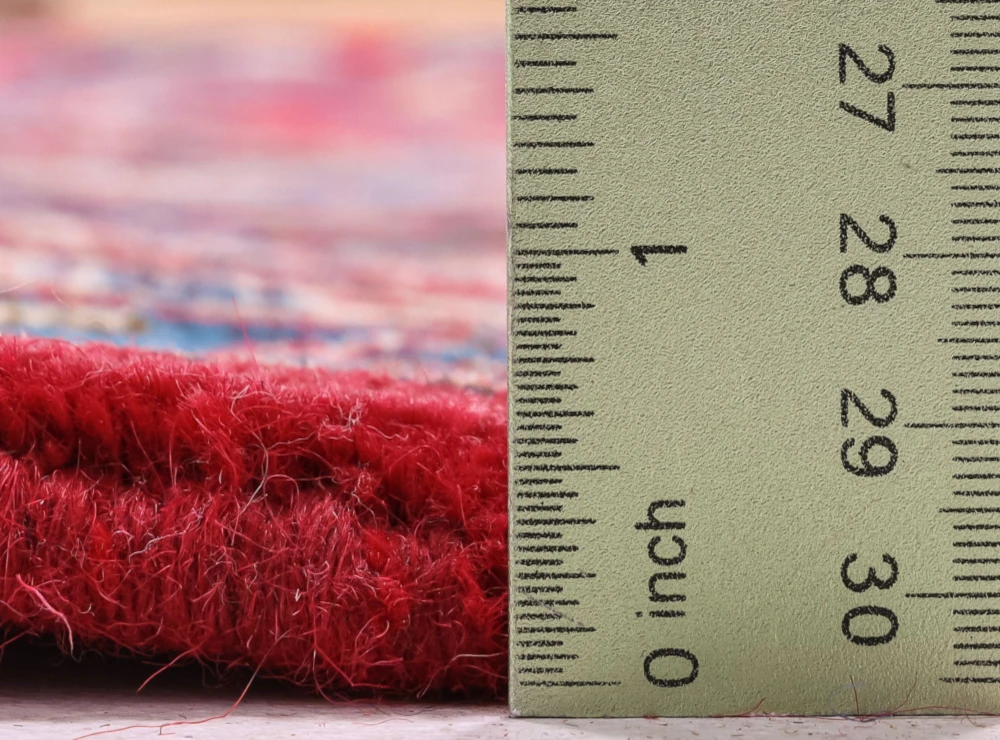
Carpet sizes are preferred in Mashhad. All
carpet sizes are found, usually in standard
metric measurements such as 300 X 200 cm,
350 X 250 cm, 400 X 300 cm, 300 X 250 cm
and 300 X 300 cm.
Dyeing and painting of Mashhad Carpets
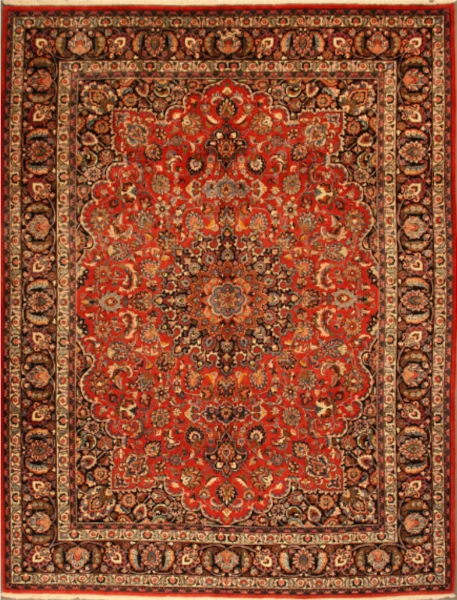
A typical Mashhad carpet has a dignified
appearance with deep cochineal red for
ground and a sober dark blue dominant in
central medallion, corners and borders.
Secondary palette is more divers to add vivid
details into such firm body.
A mauve red is attributed to Mashhad which
is a clue for experts to distinguish a Mashhad
rug from other similar designs.
Designs and patterns of the Mashhad Carpets
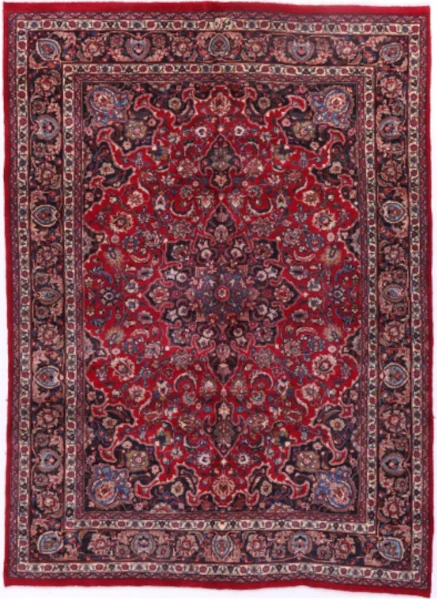
Like all other Modern Persian rug centers,
Mashhad designs share all urban Persian
patterns and designs. Actually the area
introduced the most famous of such national
patterns: the famous Herati.
The city of Herat played a major role in
Iranian and also Anatolian aesthetics, such as
in music and visual arts. Herati rug design,
too, spread westwards across Iran, Anatolia
and Caucasia with lots of interpretations
applied to different types of design, in both
rectilinear and curvilinear renderings.
Serving mainly as a repeating pattern, Herati
consists of a flower framed in a diamond with
curving leaves out of it parallel to each side.
Recalling tiny fishes, these curving leaves are
also called ‘mahi’ (fish) or ‘mahi darham’
(twisted fish).
After Herat, which is considered a senior
sister for Mashhad, Mashhad weaving
production has been influenced chiefly by
Tabriz, Kerman and Yazd designers in the
modern era.
Mashhad medallions are mostly sixteen-
pointed, with large corners and wide margins
on a ground filled with large Shah Abbasi
motifs which tend to be like sprays of
flowers. Oval medallions are also found in
Mashhad.
Almost all Mashhad carpets bear the date and
the weaver’s or manufacturer’s signature
woven into the upper border.


